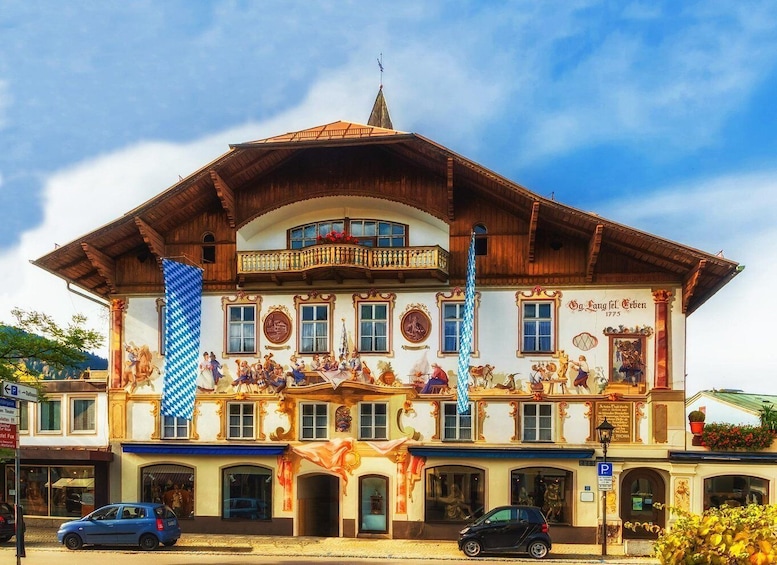This small alpine village became famous for its representation of the Passion of Christ, its 18th-century frescoes painted on the town's houses and it’s centuries-old wood carving traditions. Situated in the Ammer valley, it is named after the river Ammer that crosses the village. Its roots are dated from the late Bronze Age, but the village as we know it today started with a small monastery in the 9th century. Its geographic position between Germany and Italy turned this small town into a stopping place for pilgrims en route to Rome. Discover how this town became a fulcrum point in wood carving art from the 14th century onwards. Learn the connection to the nearby Ettal Monastery and elite boarding school. Walk the streets of the town and get to know how the 30 Years War led to the return of the Black Plague, which in terms gave rise to the Passion of Christ play, known as one of the best representations of the last days of Christ. Discover the several references to “Märchenhäuser”, the fairy tales that were gathered by the Brothers Grimm in Germany from old oral German folklore of the early 19th century. Oberammergau is surely a town to awe and wonder at both the sacred and the profane.


